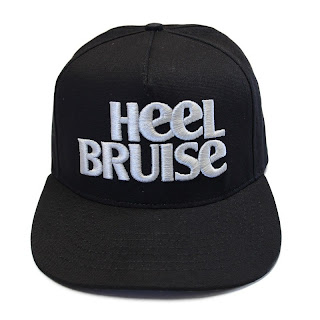 |
| Example of Embroidered Logo |
One of the major parts of starting a business is designing a
logo. This might seem a bit trivial, however your logo is going to represent
your business, and it’s going to be on all of your products, your business
cards, and even your employees’ clothes and hats.
Where Is
Your Logo Going To Be?
If you have employees, you might want to have them wear
simple uniforms made up of T-shirts and hats. Depending on the sort of capital
you have at your disposal when starting out, you might want to consider embroidering
your logo instead of having it screen-printed. It may cost more upfront, but it
will last longer, and it will make your employees look more professional.
It may be helpful to keep the following in mind when
designing a logo:
● Colors
- If your logo involves colors, make sure they won’t clash with or blend in
against various colored t-shirts and hats. If you have white letters with a
black outline, they will show up easily on any color background. Alternatively,
you can design a colorful logo that will stand out against a black or white
shirt.
● Lettering - There
are several documentaries available that discuss how different fonts impact us
from a psychological standpoint, and how logos need to utilize certain
typefaces. You should also keep in mind what kind of font you are choosing for
your embroidery. Logos with lots of spaces are not generally good for
stitching, and overly flourished logos can get lost in translation.
Of course, you need to choose a logo that is best for your
company, and then you can translate it to print screening or embroidery from
there.
Having embroidery merchandise can really be an asset for any
company - especially a start-up. It provides a cohesive look to your workforce,
helping employees look polished and professional, and can also help put your
clients at ease.
If you need help with your logo, or need embroidery services in Colorado Springs, contact us today!
Advanced Impressions


